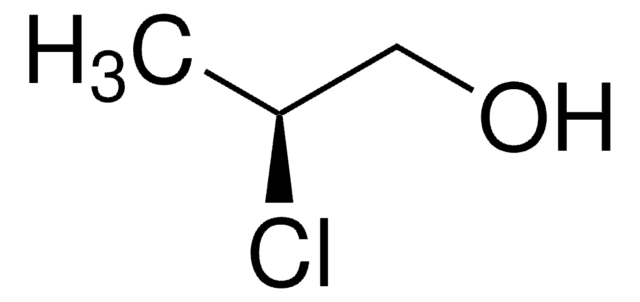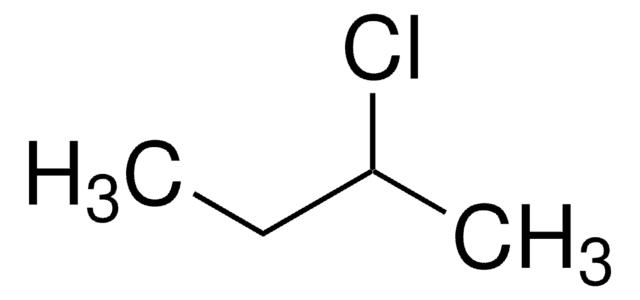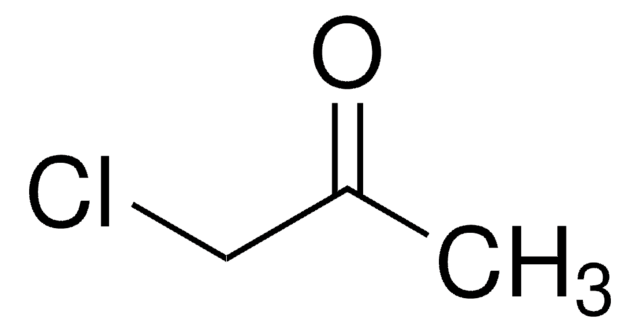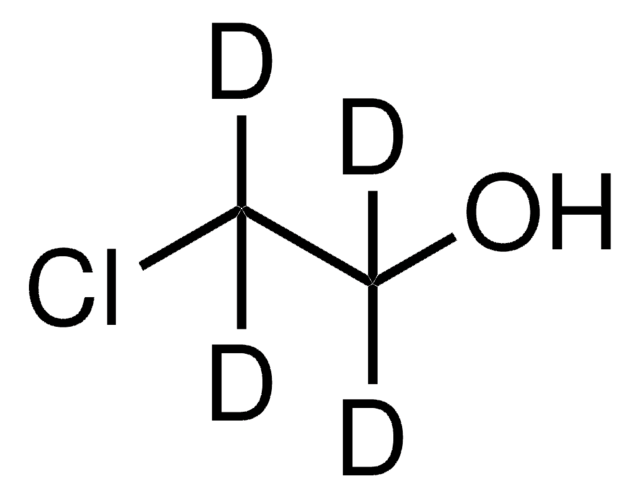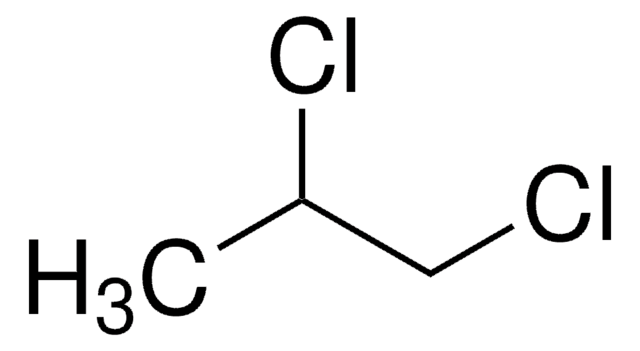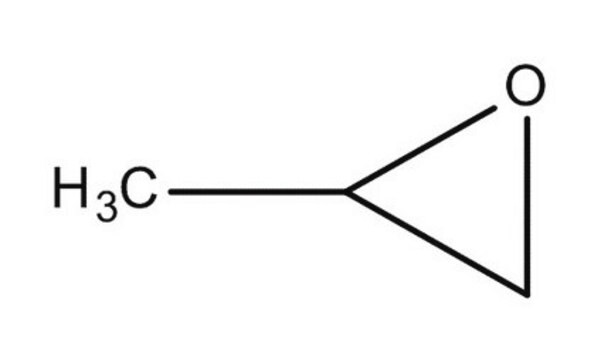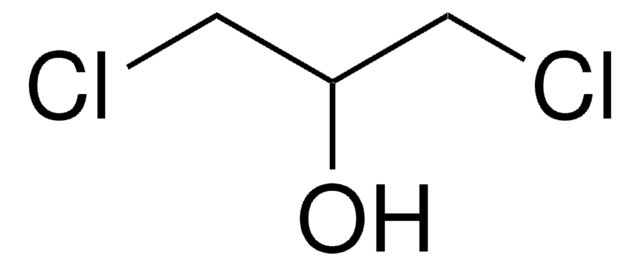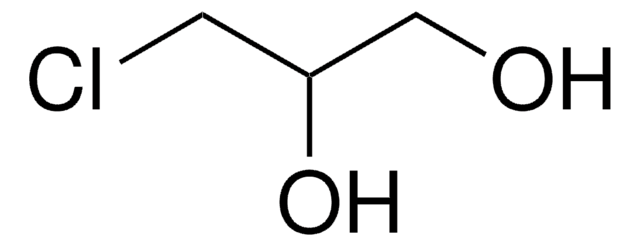292087
1-Chloro-2-propanol
70%
Synonym(s):
Chloropropanol, Propylene chlorohydrin
About This Item
Recommended Products
Assay
70%
impurities
<25% 2-chloro-1-propanol
refractive index
n20/D 1.439 (lit.)
bp
126-127 °C (lit.)
density
1.111 g/mL at 25 °C (lit.)
functional group
chloro
hydroxyl
SMILES string
CC(O)CCl
InChI
1S/C3H7ClO/c1-3(5)2-4/h3,5H,2H2,1H3
InChI key
YYTSGNJTASLUOY-UHFFFAOYSA-N
Looking for similar products? Visit Product Comparison Guide
General description
Application
- chemical intermediate for the manufacture of propylene oxide, a starting material for production of polyurethane polyols and propylene glycol
- as α,β-halohydrin standard during the enzymatic synthesis of α,β-halohydrins from gaseous alkenes
Signal Word
Danger
Hazard Statements
Precautionary Statements
Hazard Classifications
Acute Tox. 3 Inhalation - Acute Tox. 3 Oral - Eye Irrit. 2 - Flam. Liq. 3 - Skin Irrit. 2 - STOT SE 3
Target Organs
Respiratory system
Storage Class Code
3 - Flammable liquids
WGK
WGK 3
Flash Point(F)
125.6 °F - closed cup
Flash Point(C)
52 °C - closed cup
Personal Protective Equipment
Choose from one of the most recent versions:
Already Own This Product?
Find documentation for the products that you have recently purchased in the Document Library.
Customers Also Viewed
Our team of scientists has experience in all areas of research including Life Science, Material Science, Chemical Synthesis, Chromatography, Analytical and many others.
Contact Technical Service